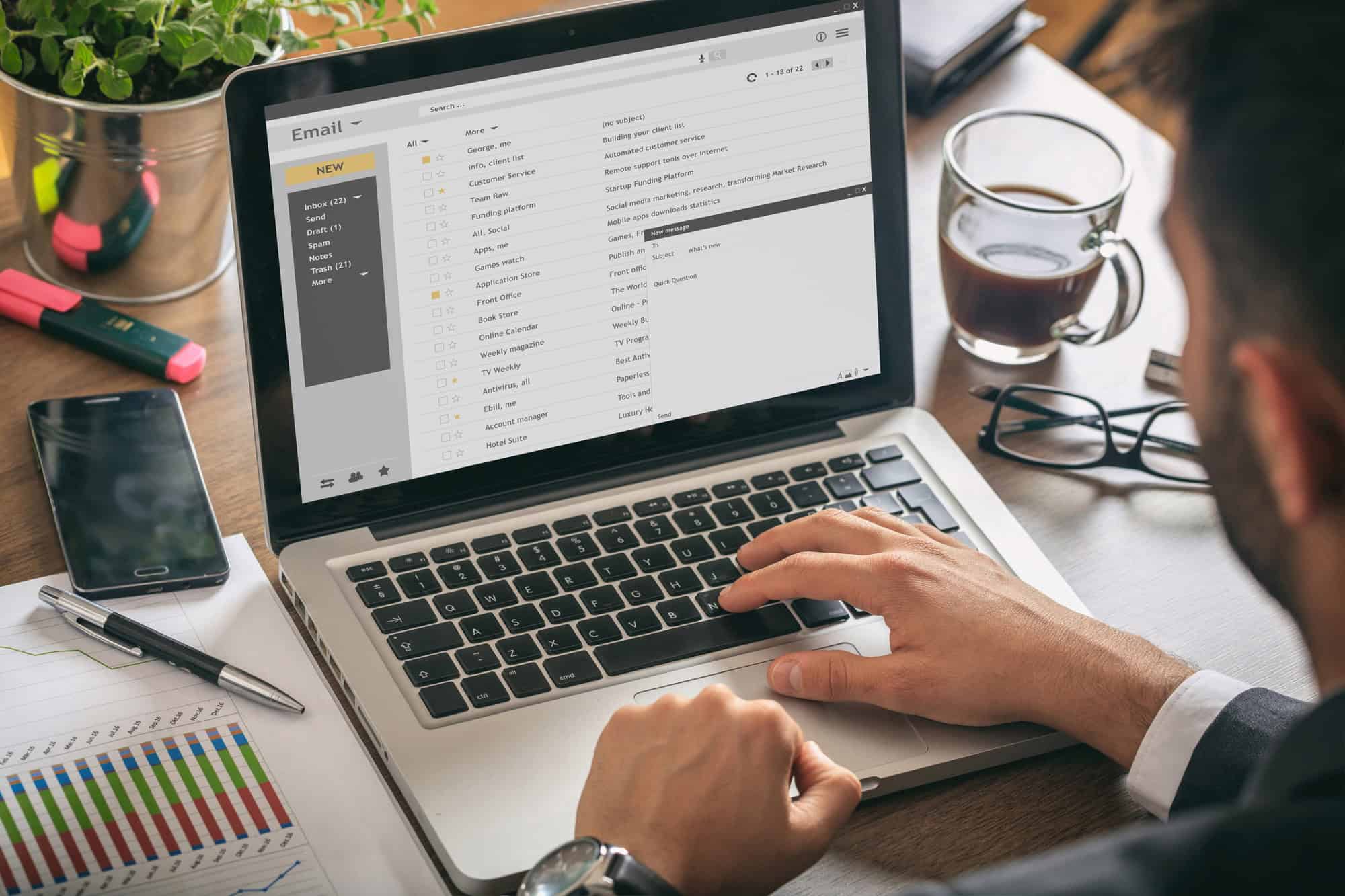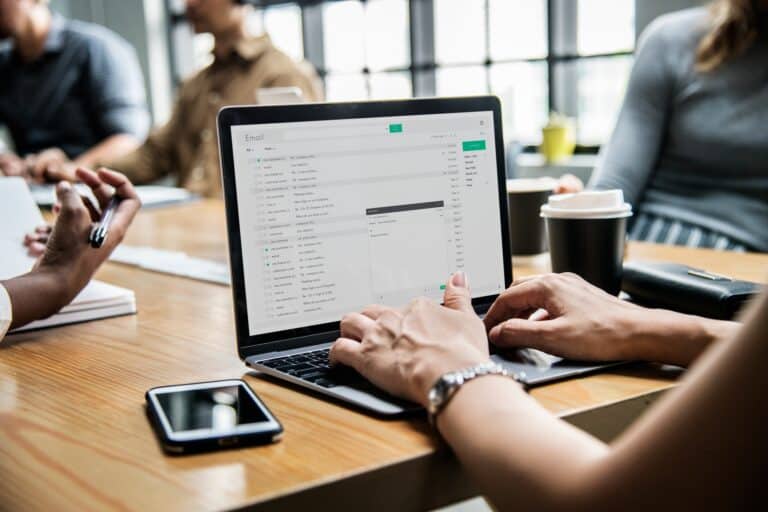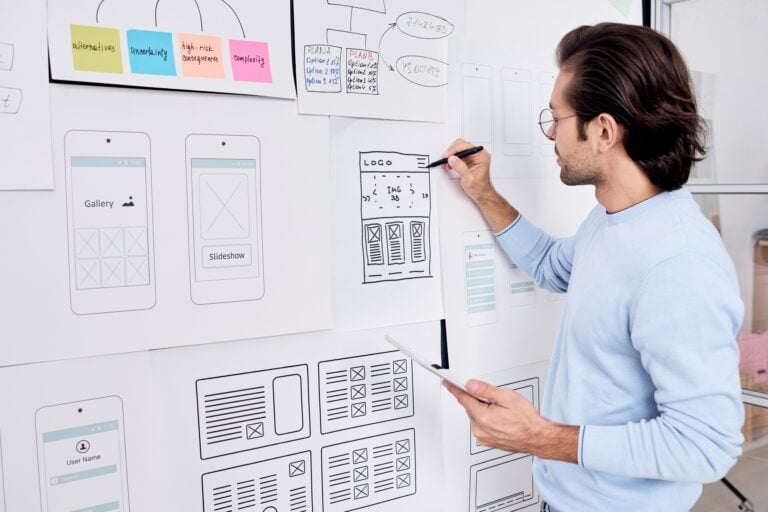Why Your Ecommerce Store Needs Personalized Email Marketing
Introduction: Beyond the Transaction – Building Relationships That Sell
In the bustling world of e-commerce, it’s easy to get caught up in the chase for the next sale. You’re driving traffic, running ads, and optimizing your product pages. That’s all vital, don’t get me wrong. But here’s the thing: most online shoppers aren’t just looking for a product; they’re looking for an experience, a connection, or a solution that feels like it’s made just for them. Sending generic, one-size-fits-all emails to every customer is like yelling into a crowd – some folks might hear you, but most will just keep walking.
This is where personalized email marketing steps in, transforming those fleeting transactions into lasting relationships. At emailbeginner.com, we believe that for e-commerce, personalization isn’t a luxury; it’s the engine that drives repeat purchases, builds unwavering customer loyalty, and keeps your brand top-of-mind. Today, we’re diving into why tailoring your email messages is the single most powerful strategy for any online store looking to boost sales and truly stand out.
Why It Matters: Why Personalization Isn’t Just a Buzzword for E-commerce

Think about walking into your favorite local shop. They know your name, remember what you bought last time, and suggest things they know you’ll like. That’s personal service. Now, how do you replicate that online? Through email. In e-commerce, personalization means sending the right message to the right person at the right time.
Here’s why it’s not just a nice-to-have, but a must-have for your online store:
- Higher Open and Click-Through Rates: People are deluged with emails. A personalized subject line or content that speaks directly to their interests is far more likely to get noticed and opened. Studies consistently show personalized emails have significantly higher open and click rates than generic ones. It’s common sense, really.
- Increased Sales and Revenue: When you recommend products a customer actually wants, or send an abandoned cart reminder for their specific items, sales naturally follow. Personalized product recommendations can account for a huge chunk of your revenue.
- Enhanced Customer Loyalty: Personalization makes customers feel valued and understood. This builds trust and fosters a deeper connection with your brand, encouraging repeat purchases and turning one-time buyers into loyal advocates.
- Reduced Unsubscribe Rates: Irrelevant emails are annoying. When your emails are tailored, customers are less likely to hit that dreaded “unsubscribe” button because they perceive your messages as valuable, not spam.
- Better Customer Experience: From abandoned cart reminders to post-purchase follow-ups and birthday discounts, personalized emails make the customer journey smoother, more helpful, and more enjoyable. It builds a genuine relationship.
- Competitive Advantage: In a crowded e-commerce market, personalization helps you stand out. While competitors are blasting out generic promotions, you’re nurturing individual relationships. This can be the differentiator.
emailbeginner.com was built to help users like you make smarter decisions with confidence. And in e-commerce, personalizing your email is one of the smartest you can make.
The Power of Personalization: How It Works in E-commerce Email
So, how do e-commerce stores actually pull off this personalization magic? It’s all about collecting data and then using it intelligently. This isn’t about being creepy; it’s about being helpful and relevant.
1. Welcome Series (After First Purchase or Signup)
- How it works: When a new customer buys something or signs up for your list, an automated email sequence begins.
- Personalization: Address them by name. Thank them specifically for their first purchase. Introduce your brand story or mission. Suggest complementary products based on their initial purchase.
- Why it converts: It makes a great first impression, provides instant value, and gently guides them towards their next purchase. It’s like a warm welcome to your club.
2. Abandoned Cart Reminders
- How it works: A customer adds items to their cart but leaves your site without completing the purchase. After a set time (e.g., 1-2 hours), an automated email triggers.
- Personalization: Remind them of the exact items they left in their cart. Offer a direct link back to their cart. You might even include a small discount or free shipping offer to nudge them.
- Why it converts: This is one of the most effective personalized automations in e-commerce. Shoppers often abandon carts due to distractions. A timely, personalized reminder can recover a significant percentage of lost sales. People get busy, or distracted, and a gentle reminder can be a big help.
3. Product Recommendation Emails
- How it works: Based on a customer’s past purchases, Browse history, or even products they’ve viewed but not bought, you send emails suggesting similar or complementary items.
- Personalization: “Because you bought X, you might like Y.” Or “Customers who viewed Z also liked A.”
- Why it converts: It cuts through the noise of your entire catalog and presents products that the customer is genuinely likely to be interested in. This makes the shopping experience feel tailored and helpful.
4. Post-Purchase Follow-Ups
- How it works: After a customer buys, you send a series of emails (e.g., shipping confirmation, delivery update, thank you).
- Personalization: Ask for a review of the specific product they bought. Offer tips on how to use their new item. Suggest accessories or related products.
- Why it converts: It shows you care beyond the sale, encourages valuable reviews, and opens the door for repeat purchases. It builds loyalty for the long haul.
5. Win-Back Campaigns (for Lapsed Customers)
- How it works: A customer hasn’t purchased from you in a while (e.g., 60-90 days). An automated sequence triggers.
- Personalization: Remind them of past purchases. Offer a special discount to entice them back. Reintroduce new products or collections they might have missed.
- Why it converts: It targets customers who already know your brand, but just need a nudge or a reminder of your value. It’s cheaper to retain an old customer than acquire a new one.
6. Birthday/Anniversary Emails
- How it works: On a customer’s birthday or the anniversary of their first purchase, send a special email.
- Personalization: Acknowledge their special day with a personalized greeting and offer a unique discount code or free gift.
- Why it converts: These are highly anticipated emails that foster goodwill and often lead directly to a purchase, as everyone loves a birthday treat.
Tools That Power E-commerce Personalization
To make all this happen, you need an email marketing platform built for e-commerce, one that can handle customer data and trigger sophisticated automations. That’s where tools like Drip shine.
- Drip: This platform is specifically designed for e-commerce stores, focusing heavily on personalization, segmentation, and automation. It connects directly to your online store (Shopify, WooCommerce, etc.) and uses customer data to trigger highly relevant emails. Our deep dive into Drip: Ecommerce Email That Feels Personal (and Converts) unpacks its power.
- Klaviyo: Another top-tier platform for e-commerce, known for its deep integrations and robust segmentation capabilities.
- Omnisend: Great for smaller e-commerce businesses, offering both email and SMS marketing.
These platforms allow you to collect detailed customer data (what they bought, what they browsed, when their birthday is) and then use that data to send highly targeted, automated messages. It’s all about making the customer feel seen and understood.
Pro Tips for Effective E-commerce Personalization
- Collect Data (Ethically): Encourage customers to provide their birthdates, preferences, or interests during signup or purchase. Use website tracking tools to understand Browse behavior. Always be transparent about data usage.
- Segment Your Audience: Don’t treat your list as one big blob. Segment by purchase history, engagement level, interests, location, and behavior. The more segmented your list, the more personalized your emails can be.
- A/B Test Everything: Personalization isn’t one-size-fits-all. Test different personalized subject lines, product recommendations, and offers to see what resonates most with different segments of your audience. The data will tell you what works.
- Balance Automation with Human Touch: While automation is powerful, don’t forget the human element. Occasionally send a personal note or a unique piece of content that feels less automated. It’s a fine balance.
- Don’t Overdo It: Personalization should feel helpful, not intrusive or creepy. Avoid over-sending or sending messages that feel too targeted if the customer hasn’t given clear signals.
Personalized email marketing is the cornerstone of building lasting customer relationships and driving significant revenue for your e-commerce store. It’s about moving beyond the transaction and focusing on the individual, making them feel valued, understood, and eager to come back for more. It’s a strategy that builds loyal fans, and that’s pure gold in the online world.
FAQs
What’s the difference between email personalization and email segmentation?
Email personalization is tailoring the content of an email (e.g., using a customer’s name, recommending specific products) to an individual. Email segmentation is dividing your larger email list into smaller groups (segments) based on shared characteristics (e.g., purchase history, demographics) so you can send more relevant emails to each group. Personalization often relies on segmentation.
How do e-commerce platforms like Shopify integrate with email marketing services for personalization?
E-commerce platforms typically offer direct integrations or apps that connect with email marketing services. This connection allows customer data (like purchase history, abandoned carts, Browse behavior, order status) to flow from the e-commerce platform to the email marketing service, enabling automated, personalized campaigns based on that data.
What are some common types of automated email flows for e-commerce?
Common automated email flows for e-commerce include: welcome series for new subscribers, abandoned cart reminders, post-purchase follow-ups (for reviews or upsells), browse abandonment emails (for products viewed but not added to cart), win-back campaigns for inactive customers, and birthday/anniversary emails.
Is personalization only for large e-commerce stores?
No, personalization is beneficial for e-commerce stores of all sizes. Even small stores can implement basic personalization like using customer names and sending abandoned cart emails. Many email marketing platforms (like Drip or Omnisend) offer robust personalization features that are accessible and affordable for small and medium-sized businesses.
How can I measure the success of my personalized email campaigns?
You measure the success of personalized email campaigns by tracking key metrics such as higher open rates, higher click-through rates (CTR), improved conversion rates (e.g., sales directly from the email), lower unsubscribe rates, and increased average order value (AOV) compared to your generic email campaigns. These metrics indicate that your personalization efforts are resonating with your audience.
Written by The Editorial Team. Learn how we write and test all our content for accuracy.





